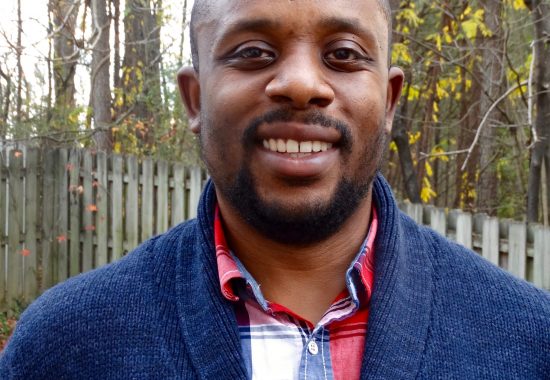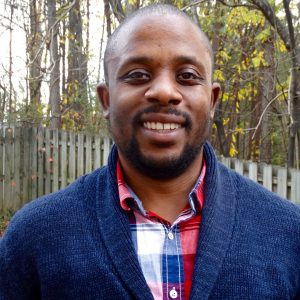Meet MRRI Scientific Advisory Board Member Dr. Lewis Wheaton
In honor of Black History Month, MRRI is pleased to be sharing the perspectives and important contributions to science by Black researchers in the fields of neuroscience and neurorehabilitation. One inspirational scientist that MRRI is honored to have as a member of the Institute’s Scientific Advisory Board is Lewis Wheaton, PhD. Dr. Wheaton is a Professor in the School of Biological Sciences at Georgia Institute of Technology (Georgia Tech). Learn more about Dr. Wheaton, his career, and his role on our Scientific Advisory Board in our interview below.
1) How did you get interested in rehabilitation research?
While it may sound cliché, it is being able to help people directly. It is similar to why I got into research in humans. While I appreciate the science that uses cellular, theoretical, and animal models, there was always something special about being able to work with people. While I was a fellow at the NIH, one of the first persons with a neurological disorder that I enrolled in one of my first clinical studies told me something that I will never forget. She enrolled in the study not to help herself (she knew she was not going to live much longer), but so that she might help someone who would have to bear the burden of the disorder in the future. That selfless mindset is still inspiring to me and compels me to think about what part I might be able to play in improving lives.
2) Can you tell us more about your research and/or a contribution to the field of neurorehabilitation research that you are most proud of?
My research focuses on how the brain is changing following neural injury and how to leverage those changes to promote neurorehabilitation. In my Cognitive Motor Control Lab at Georgia Tech, we have a particular focus on upper limb amputation and stroke. In amputation, we want to understand how to use neural adaptations following traumatic limb loss to promote prosthesis adoption. I am very proud of one area we are continuing to develop in utilizing action observation in persons with amputation, harnessing the visual system adaptations as a way to promote functional gains in prosthesis use. I am very excited as it might open a door to a validated rehabilitation approach based on nervous system changes. We are pursuing a similar line of thought in action observation work in stroke.
3) Can you tell us more about your interactions with MRRI and MRRI scientists?
MRRI has several outstanding scientists, some of whom I have known well for years. Laurel Buxbaum, PsyD, and I share a strong enthusiasm for understanding apraxia, which drew us together almost 20 years ago, and we have remained connected ever since. As well, through the American Society of Neurorehabilitation, I have come to know the outstanding work of people like Dylan Edwards, PhD. John Whyte, MD, PhD, is someone I have known for years through many shared interests.
4) What have you enjoyed most about working with the team at MRRI?
Working with MRRI has first off led me to get to know better some of the great scientists at MRRI. During a recent meeting, I was very excited to see the growth of the Institute and the breadth of scientific research that is taking place. I look forward to playing whatever small part I can play in helping to support the mission of the Institute!
5) As an expert in the field, what do you think are the biggest challenges or opportunities right now in rehabilitation and rehabilitation research?
I think our biggest opportunity in neurorehabilitation research is inclusion. Our field is growing fast which is necessary to support the lives of people that need many forms of rehabilitation. However, we have to be sure that we develop thoughtful ways to support the lives of ALL people who need help in the way they want it. There are a variety of emerging statistical and quantitative tools that might start to get at this, but we should strive to go further. At the end of the day, we have to be sure we are reaching more people of different backgrounds and cultures and seeing what is effective in whom, why it is perhaps not effective in some other group, and ensure our theories and approaches aren’t inadvertently leaving people behind.
Thank you to Brandon Knight for inspiring the Black History Month blog series.


